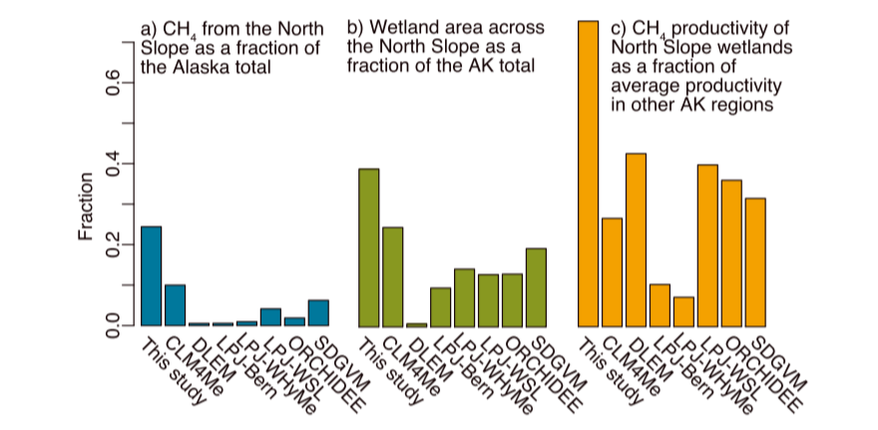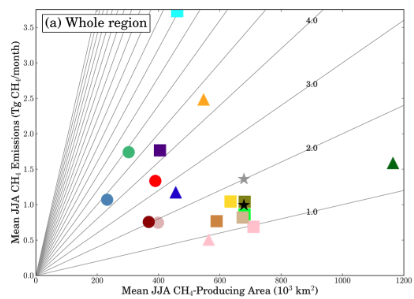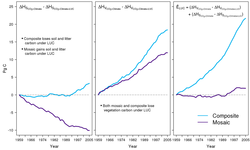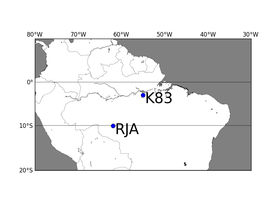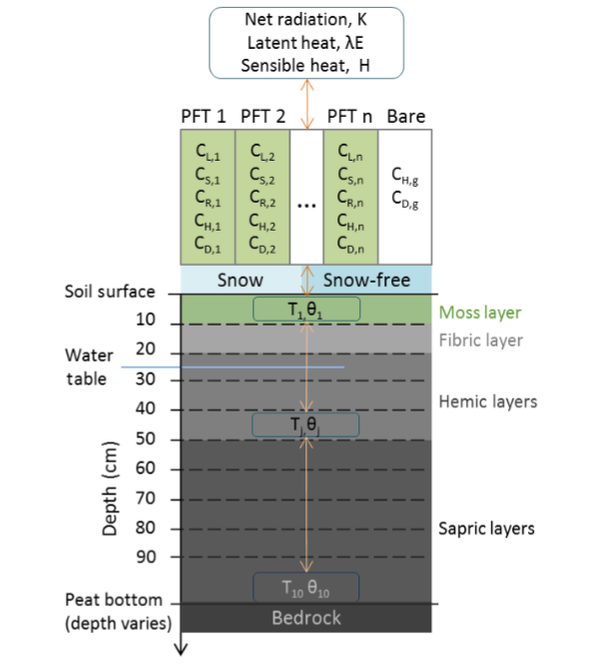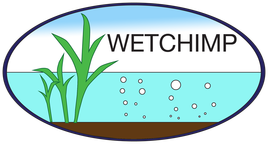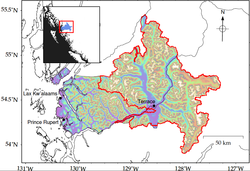Present Research:
I am interested in many aspects of land surface modelling. I develop and use the Canadian Land Surface Scheme Including Biogeochemical Cycles (CLASSIC) model in my research. My present focus is on:
- High latitude processes
- Simulating the Canadian carbon cycle
- Wetland methane
- Peatlands
Past Projects:
Modelling terrestrial ecosystem interactions with climate and the carbon cycle
I am presently working on the Canadian Terrestrial Ecosystem Model (CTEM) and the Canadian Land Surface Scheme (CLASS). I have been developing and applying CTEM in collaboration with Vivek Arora, who initially created CTEM over a decade ago. Some recent work is listed below. All of the work on CLASS-CTEM will be incorporated into future generations of the Canadian Earth Sytem Model.
I am presently working on the Canadian Terrestrial Ecosystem Model (CTEM) and the Canadian Land Surface Scheme (CLASS). I have been developing and applying CTEM in collaboration with Vivek Arora, who initially created CTEM over a decade ago. Some recent work is listed below. All of the work on CLASS-CTEM will be incorporated into future generations of the Canadian Earth Sytem Model.
Shrubs
Shrubs represent an important vegetation type in the high-latitudes and semi-arid/arid regions. Both of these regions are expected to undergo dramatic changes under projected future climate change. Incorporating shrubs will require modifications to several relevant land surface physics and biogeochemistry components of the CLASS-CTEM modelling framework including parameterizations of shrub height as a function of shrub biomass, snow loading/unloading and burial under snow, the physical structure of shrubs, albedo, photosynthesis, competitive interactions, and root structure. This work is key to the development of a more realistic representation of carbon cycle feedbacks and land surface processes in CanESM.
Global wetlands & methane
Wetlands are the largest natural source of methane and an important ecosystem globally. I started working on wetlands as a result of my Ph.D. research. I am interested to understand how wetlands respond to changes in climate especially rapid climate changes. Since my Ph.D. I have become involved in efforts to model wetlands and their methane emissions, inter-compare models, and investigate the differences between top-down and bottom-up model results. Some ongoing collaborations are listed below.
Wetlands are the largest natural source of methane and an important ecosystem globally. I started working on wetlands as a result of my Ph.D. research. I am interested to understand how wetlands respond to changes in climate especially rapid climate changes. Since my Ph.D. I have become involved in efforts to model wetlands and their methane emissions, inter-compare models, and investigate the differences between top-down and bottom-up model results. Some ongoing collaborations are listed below.
